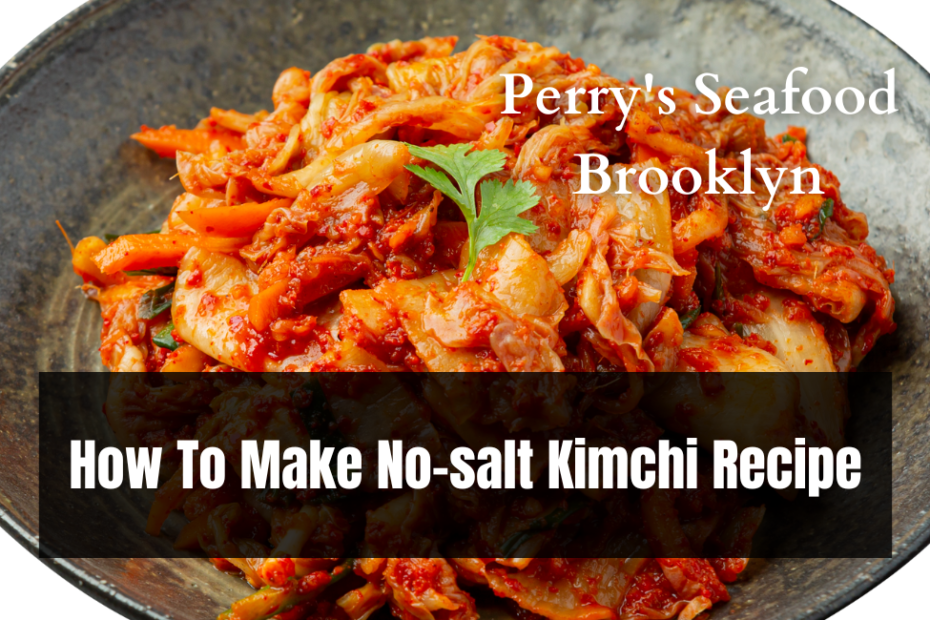I discussed the principles behind reducing sodium in fermented foods to accommodate those on a low-salt diet. Fermentation is equal parts science and art. Typically, if a few guidelines are followed, it is possible to successfully reduce the quantity of salt in a recipe.
Since salt slows down the fermentation process, you will need to find an alternative way to slow down the fermentation without salt. By fermenting your low-sodium vegetables in a colder environment, you can mechanically slow down the fermentation process, thereby reducing the amount of salt required in the ferment.
Try this recipe for a relish in the manner of kimchi. If you prefer it to be spicier, add a few more jalapeos, bearing in mind that the capsaicin’s potency decreases with prolonged fermentation.
How To Make No-salt Kimchi Recipe
A NO SALT KIMCHI RECIPE
Makes 1 quart, or 8 ½-cup servings
Ingredients:
- 2 cups of suey Choy (Chinese Cabbage), finely sliced
- 1 onion, peeled and chopped
- 5 garlic cloves, minced
- 5 stalks of celery, finely chopped
- 5 carrots, peeled, and coarsely grated
- 2-inch piece of raw ginger, peeled, and grated
- 2 hot peppers, seeded, finely chopped
- 4-inch piece of daikon radish, peeled, grated
- 1 bunch of parsley, finely chopped
- ½ cup dulse, dried (about 11 grams)
- ½ cup juice from a successful batch of fermented vegetables
Method:
- Follow the directions to cook the veggies. Mix all of the ingredients together in a bowl. Use a kraut pounder to press veggies to get as much juice out of them as possible.
- Clean and sterilize a wide-mouth mason jar well to get it ready. Clean the Fermentools fermentation lock, lid, and glass weight.
Fill the jar with veggies. If you need to, add more filtered water to cover all of the veggies. Leave a 1-inch room in the jar for it to grow. - Put the glass weight on top of the veggies so that they are fully covered by the liquid. Install the fermentation lock.
- Without the extra salt to stop the fermentation, the change between bacterial species that happens naturally as the liquid gets more acidic will happen faster. Depending on how warm it is where you live, your ferment could be ready in as little as five days. If it seems to be happening too quickly, put the jar somewhere cooler.
- Put the finished pickle in the fridge. Over time, the tastes will become more sour. The hot and spicy tastes will get less strong.
This may be kept refrigerated for up to a year, without loss of quality.
Know more: How to Make Fermented Tomato Sauce
